The rabbit hole
My name is Robert Sykes. I’m twenty-eight years old and I live in Houston, Texas. I have a beautiful wife. Together, we have a gorgeous two-year-old daughter. I practice Zen meditation. I work full time as an ICU nurse. And, I am a part-time photographer.
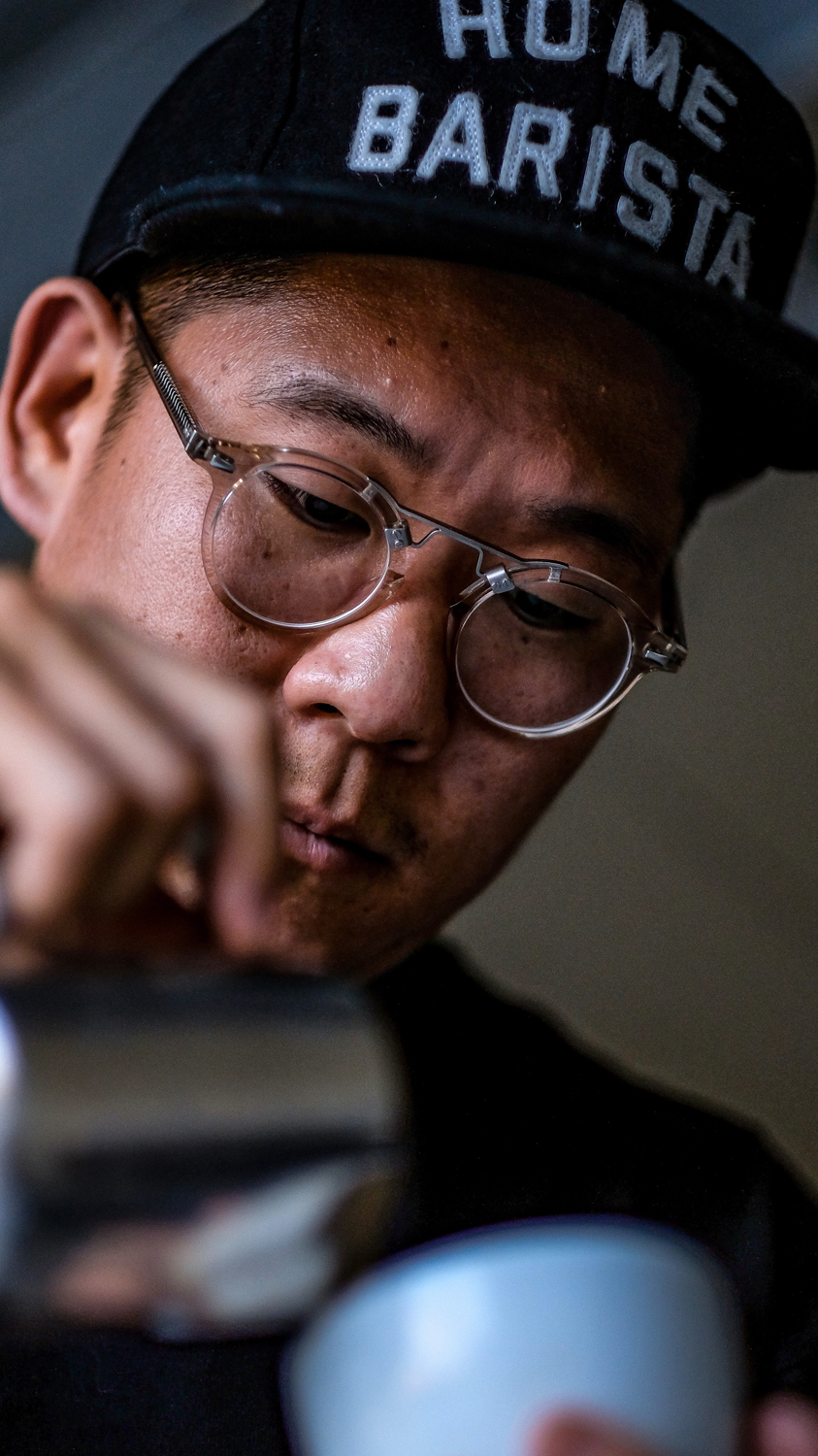
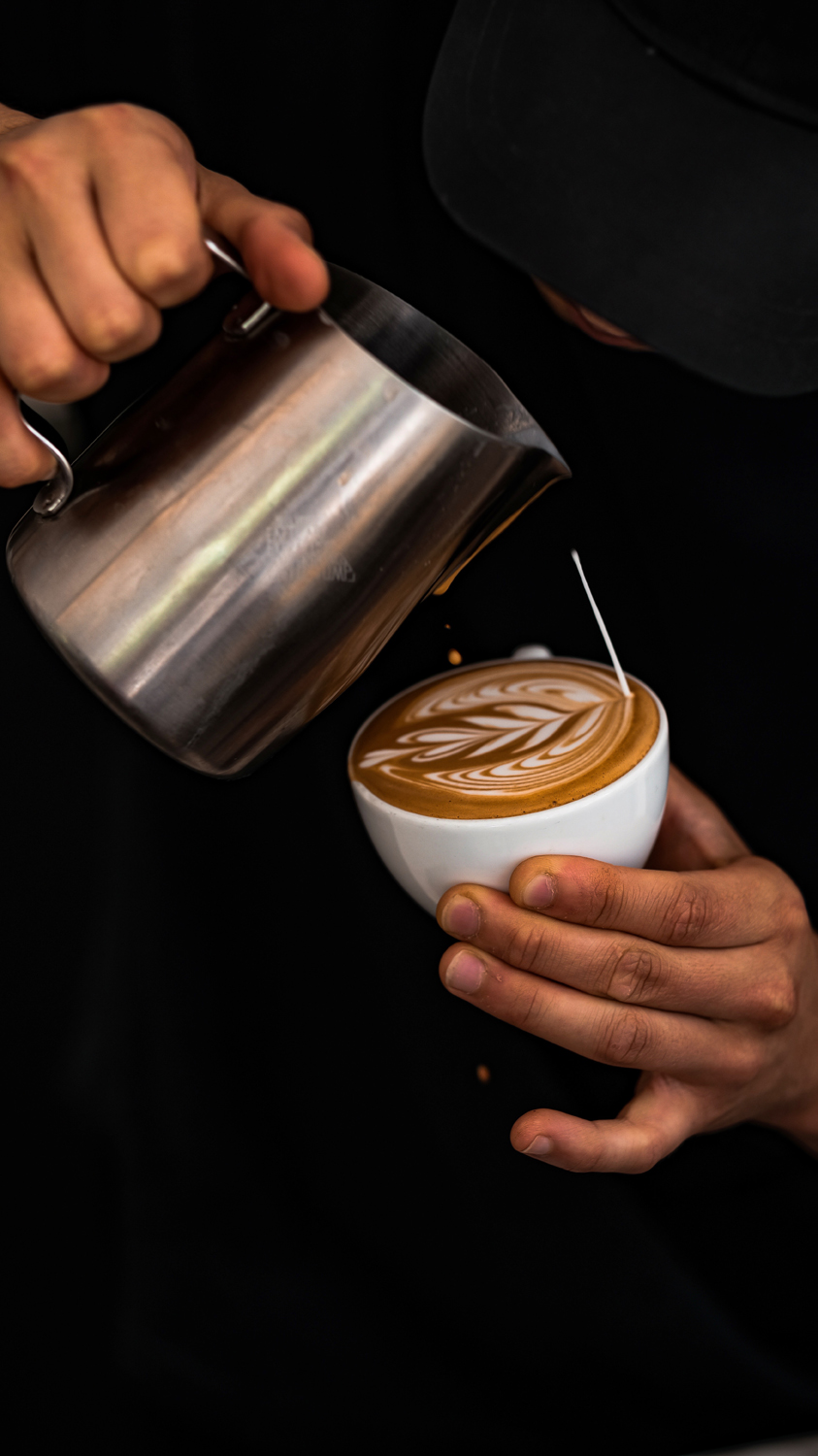
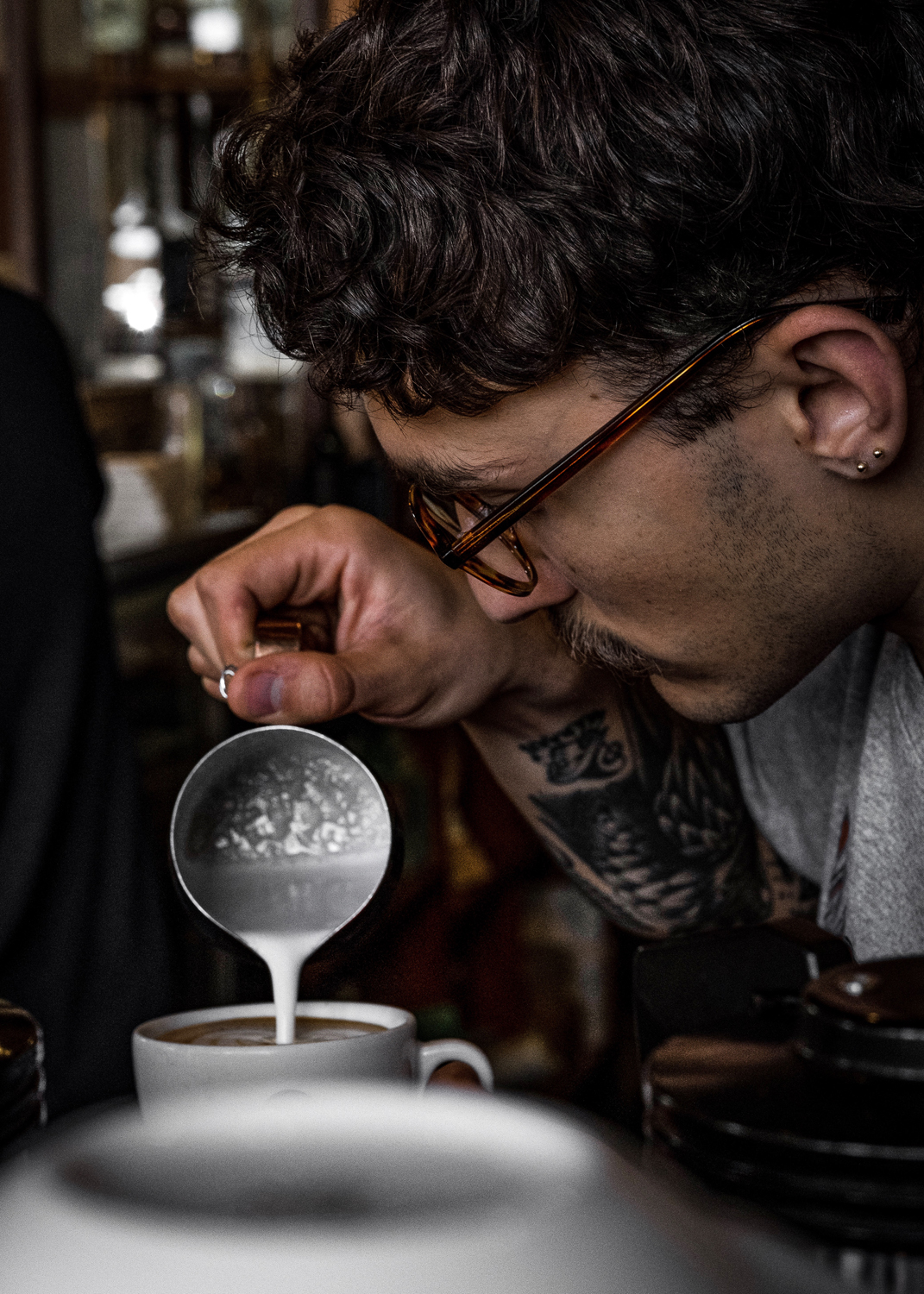
So, how did I get into photography? To trace it back, I became a registered nurse in 2014. Started in the ICU, where I still work to this day. As a full-time ICU nurse, I work three twelve-hour shifts. FOUR days off! On my days off from work, I go to a Zen temple called The Houston Zen Center. I live in the suburbs.
The temple is in town. To beat the Houston traffic, I would get into town early and hang out at a coffee shop with a nice patio. Admittedly, I didn’t even like coffee. I just liked patios to Zen out on. Anyway, the more I went to these cool coffee shops in town, the more I took notice of the craft aspect that went into specialty coffee.
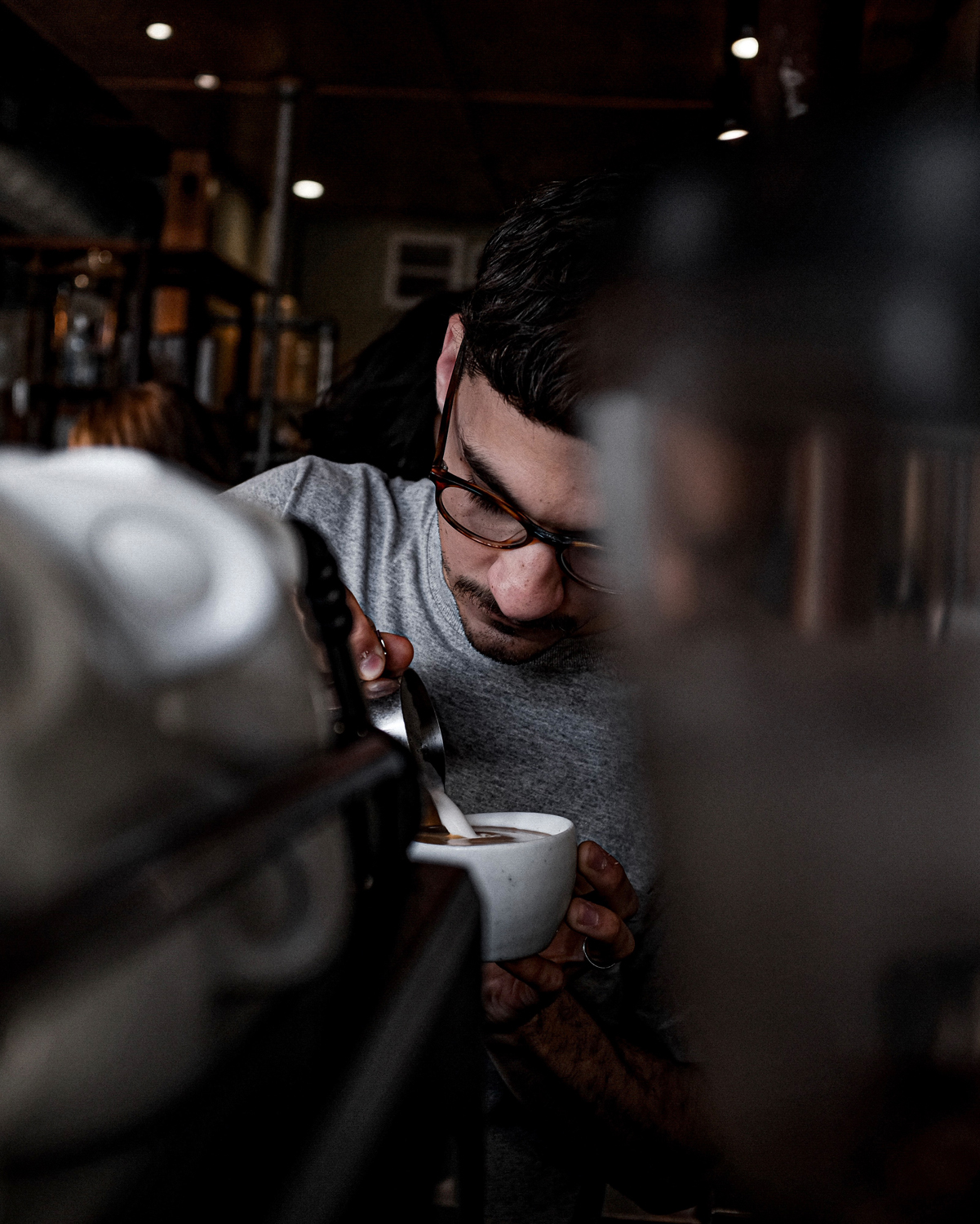
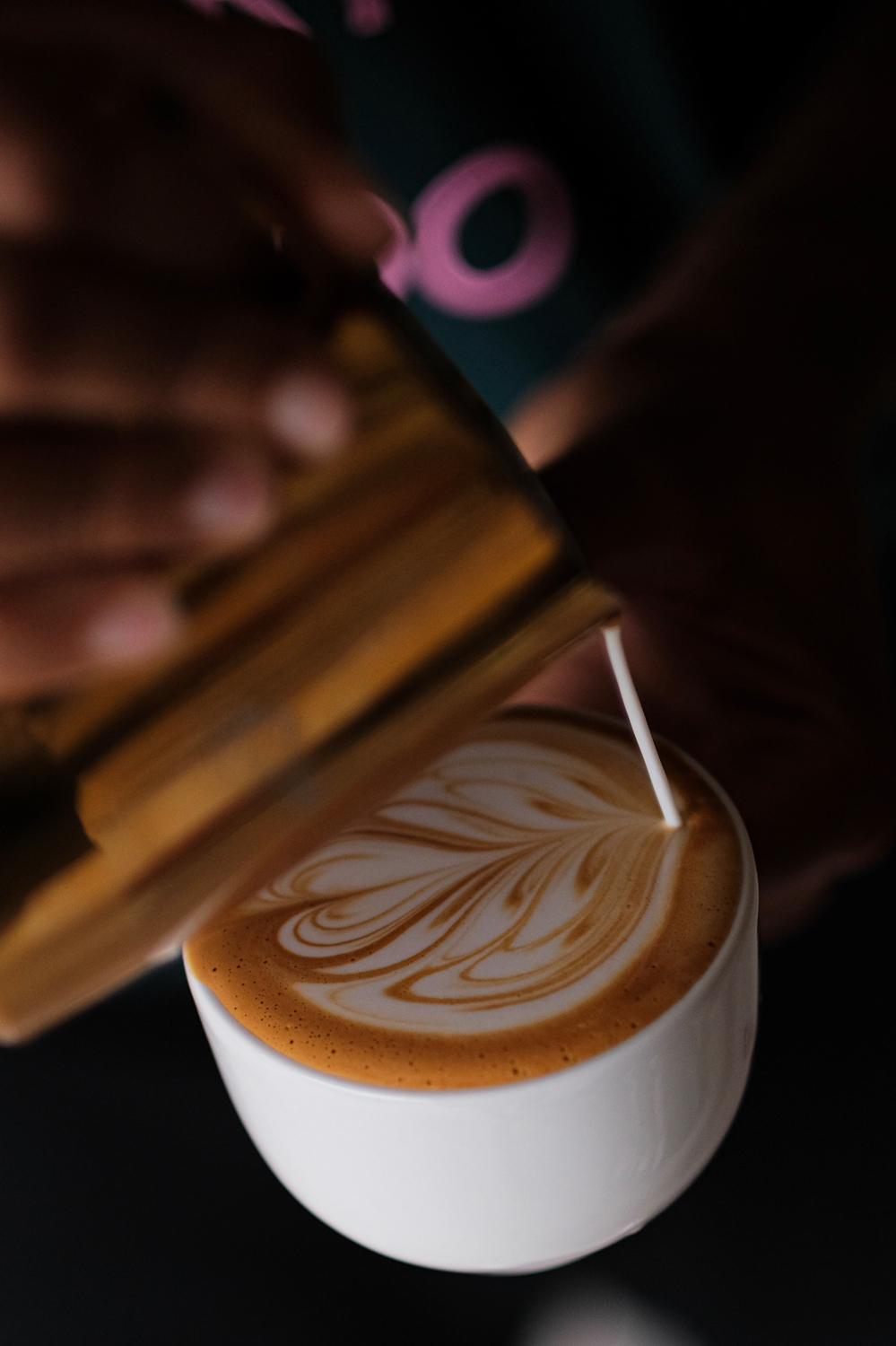
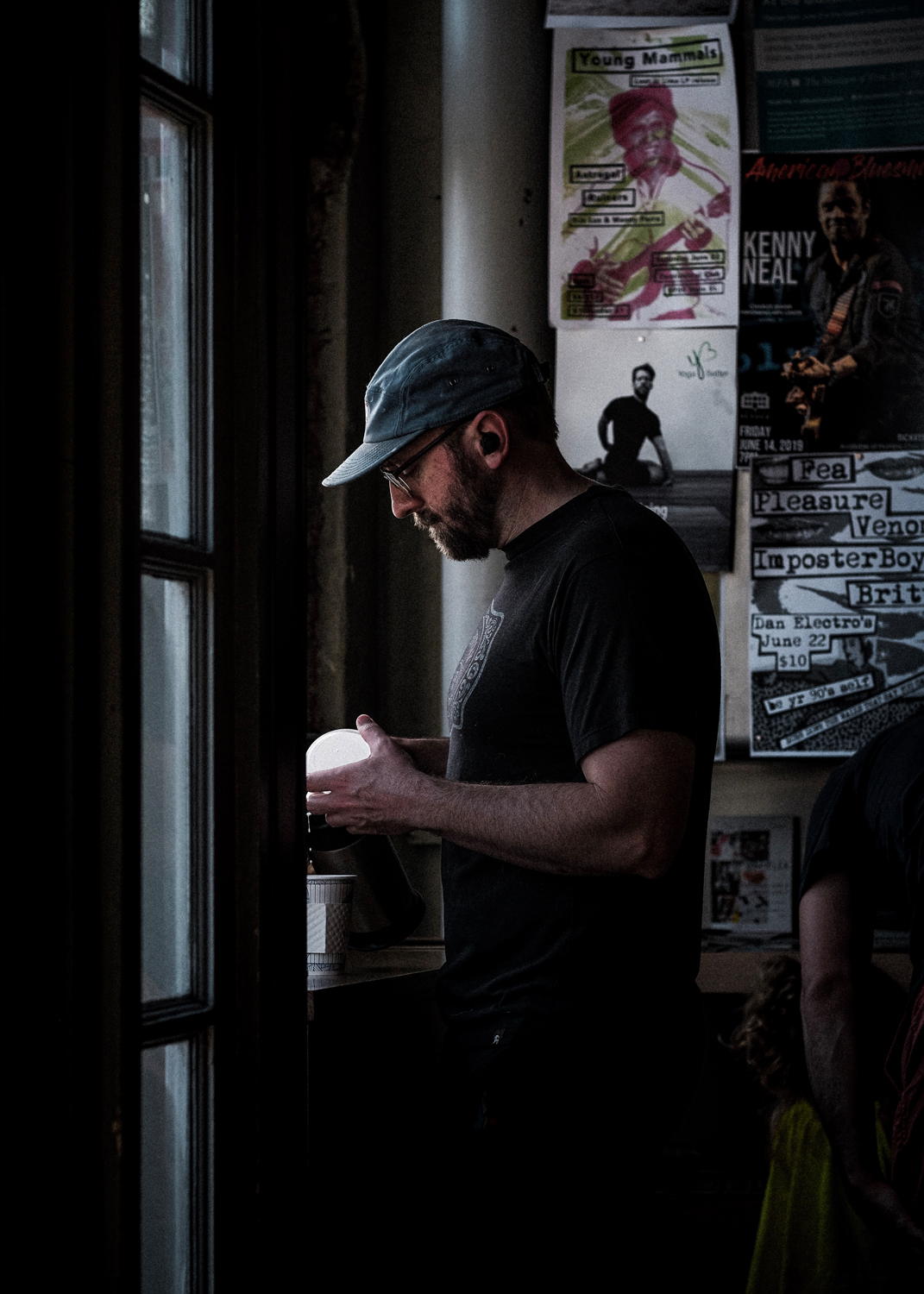
While waiting for my drink, I observed the baristas meticulously making the flat whites and cappuccinos. The process intrigued me. Seeing the baristas make designs with milk in the espresso was fascinating. I would take pictures of the latte art with my iPhone. I became a regular at some shops, always ordering a flat white or cortado, always taking a picture with my phone. At one shop, Blacksmith, I became friends with one of the regulars, Stephen Hébert, a professional photographer. He used Fujifilm.
He introduced me to the X100S. He showed me how simple it was to use. He showed me the Wi-Fi button that transfers the photos to your phone! He had noticed I liked taking pictures, proposing I acquire this camera to step up my game. I think the next day I went to the local camera store, Houston Camera Exchange, and purchased it. Got the black one. Loved it. Carried it with me every time I went to a coffee shop, snapping away and posting to Instagram.
Not too long after acquiring this camera, I made another friend through coffee, Paul Yoon. He was a regular at a lot of the shops. Turns out he used Fujifilm too, wielding the X-T20. I liked the way his photos looked. One day, Paul let me use his camera. He had the 35mm F2 lens. Woah! This was a game changer. The camera felt so smooth, so fast, and was still so quiet and compact! Went back to the Houston Camera Exchange, and traded in the X100 for the X-T20 with a 35 mm lens. Now, this was a terrific camera.
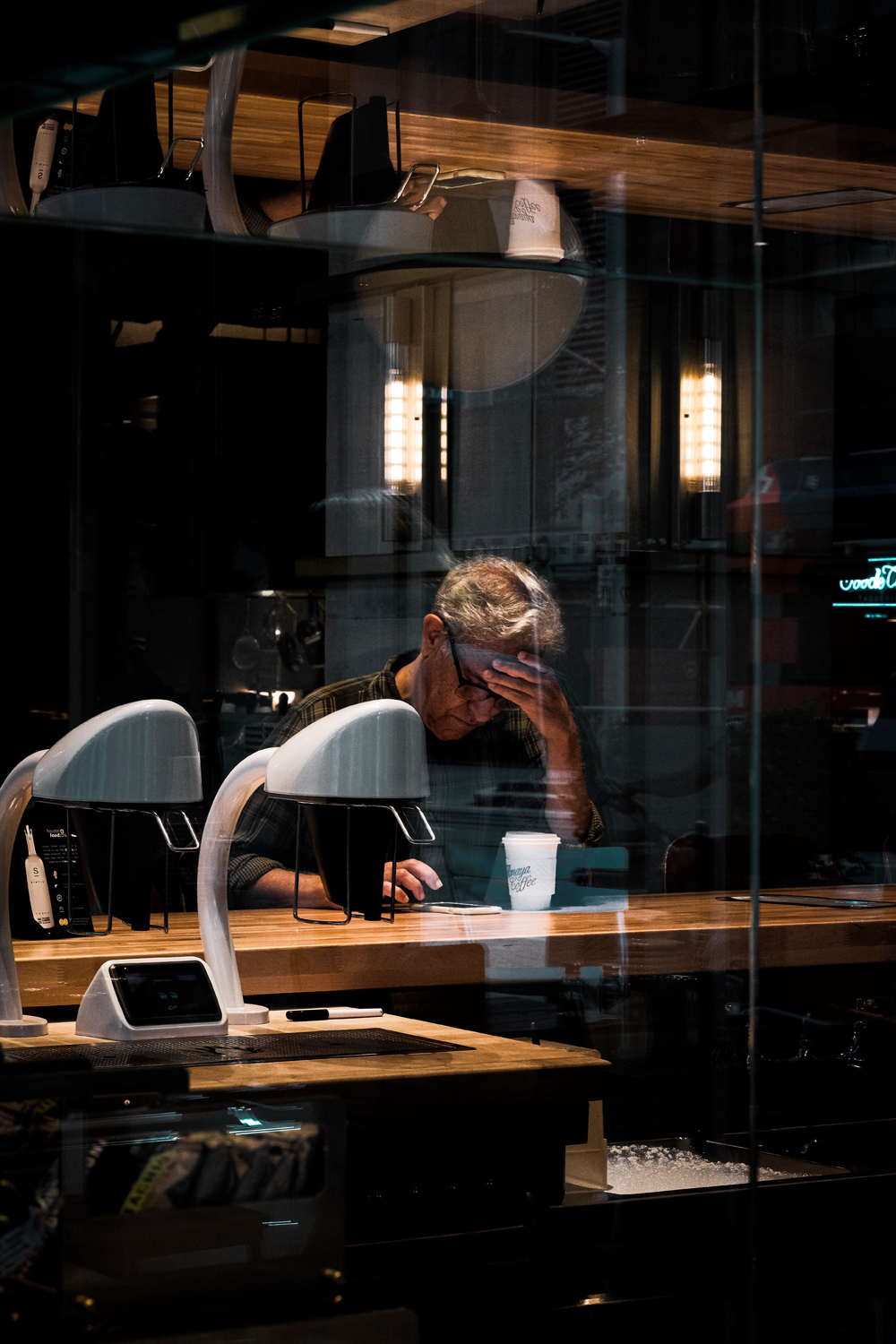
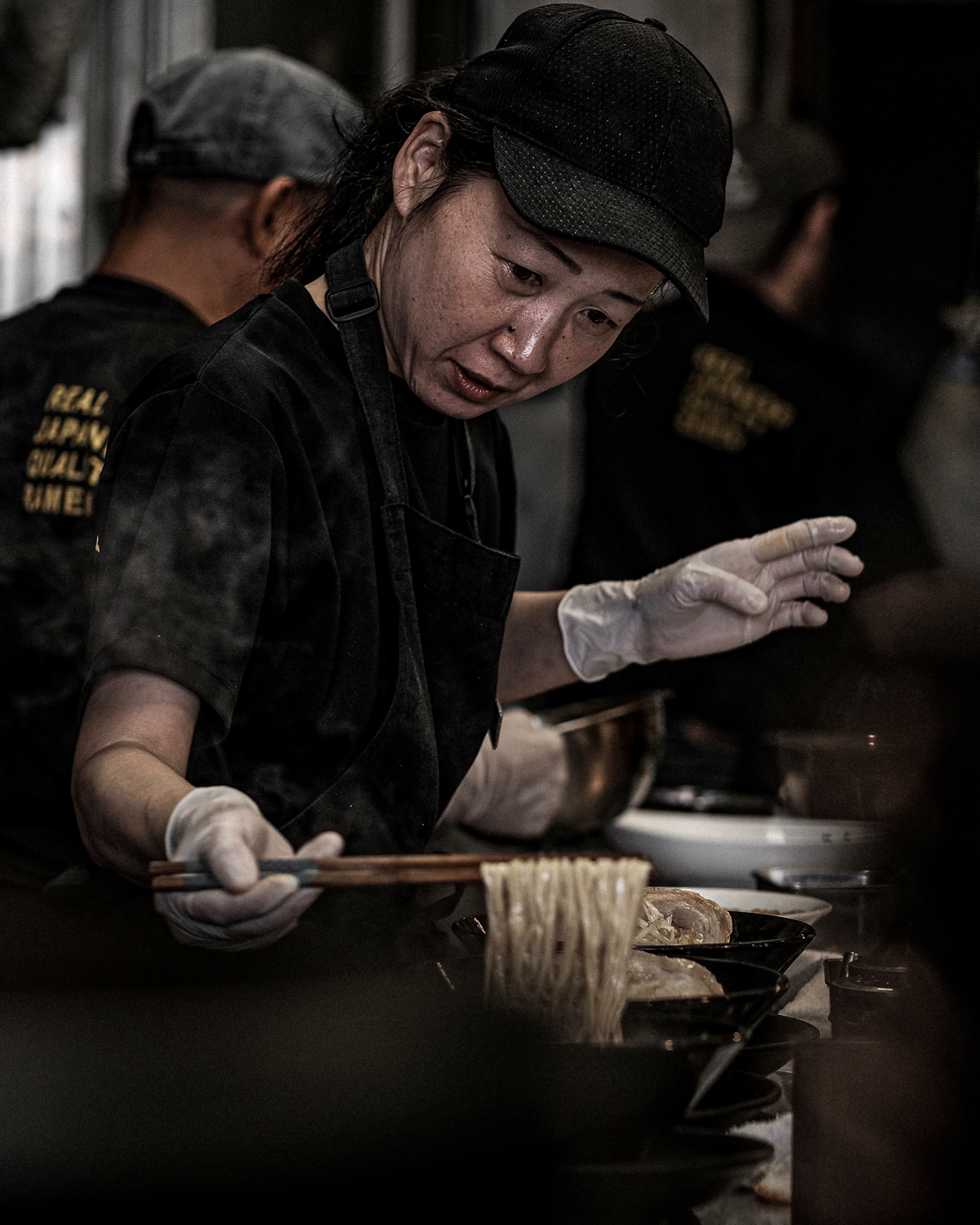
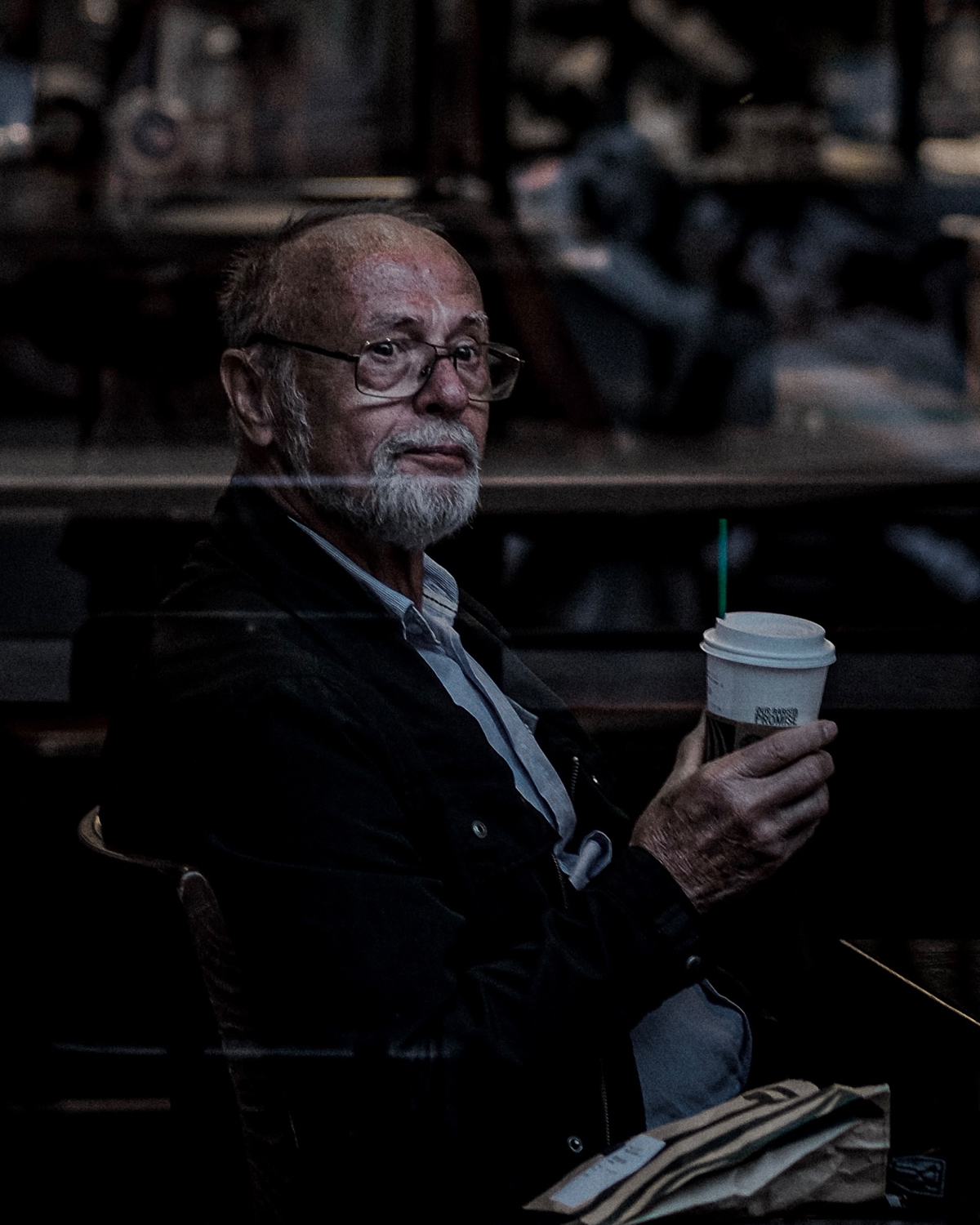
I was really having fun taking pictures. At some point though, I had a desire to become a better photographer. I learned from Stephen and Paul about an editing program called Lightroom. This was what the professionals used. So I downloaded it. Quite honestly, the software seemed daunting to learn. For a while, I just used the presets. The pictures looked better and they had a consistent look. I was going to the coffee shops.
I was exploring different angles to take photos from. I had jumped down the photography rabbit hole. Some people even started to take notice of my photos. In fact, the owner of one of my favorite coffee companies in Houston noticed. He had seen my photos whenever I tagged his company on Instagram. He asked if I would be interested in taking photos for their social media.
I was honored to accept his offer! Photography became much more important to me after this. It was more than a hobby now. I saw this as an opportunity to grow. I also felt a responsibility to produce higher quality work. So I went deeper down the rabbit hole.
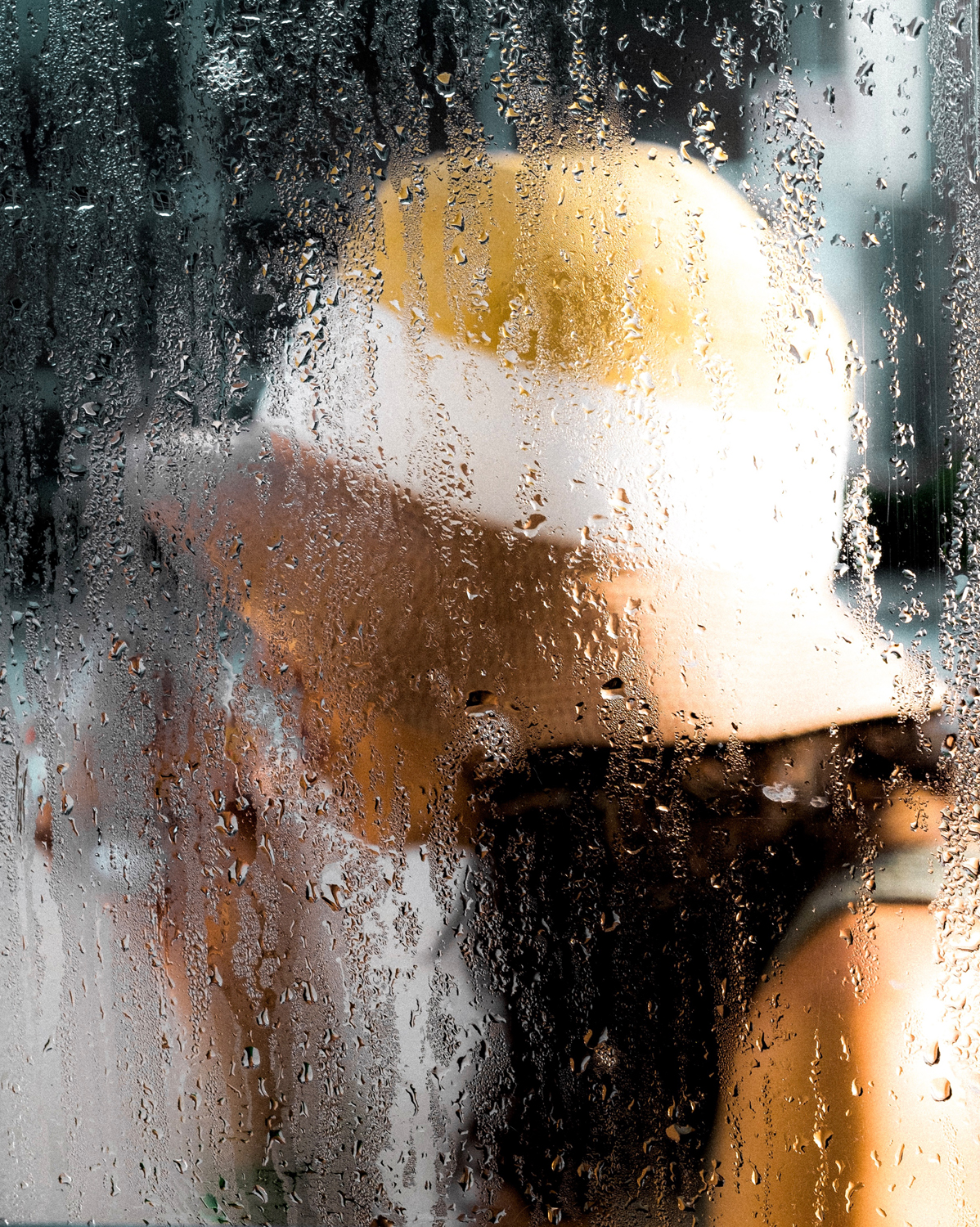
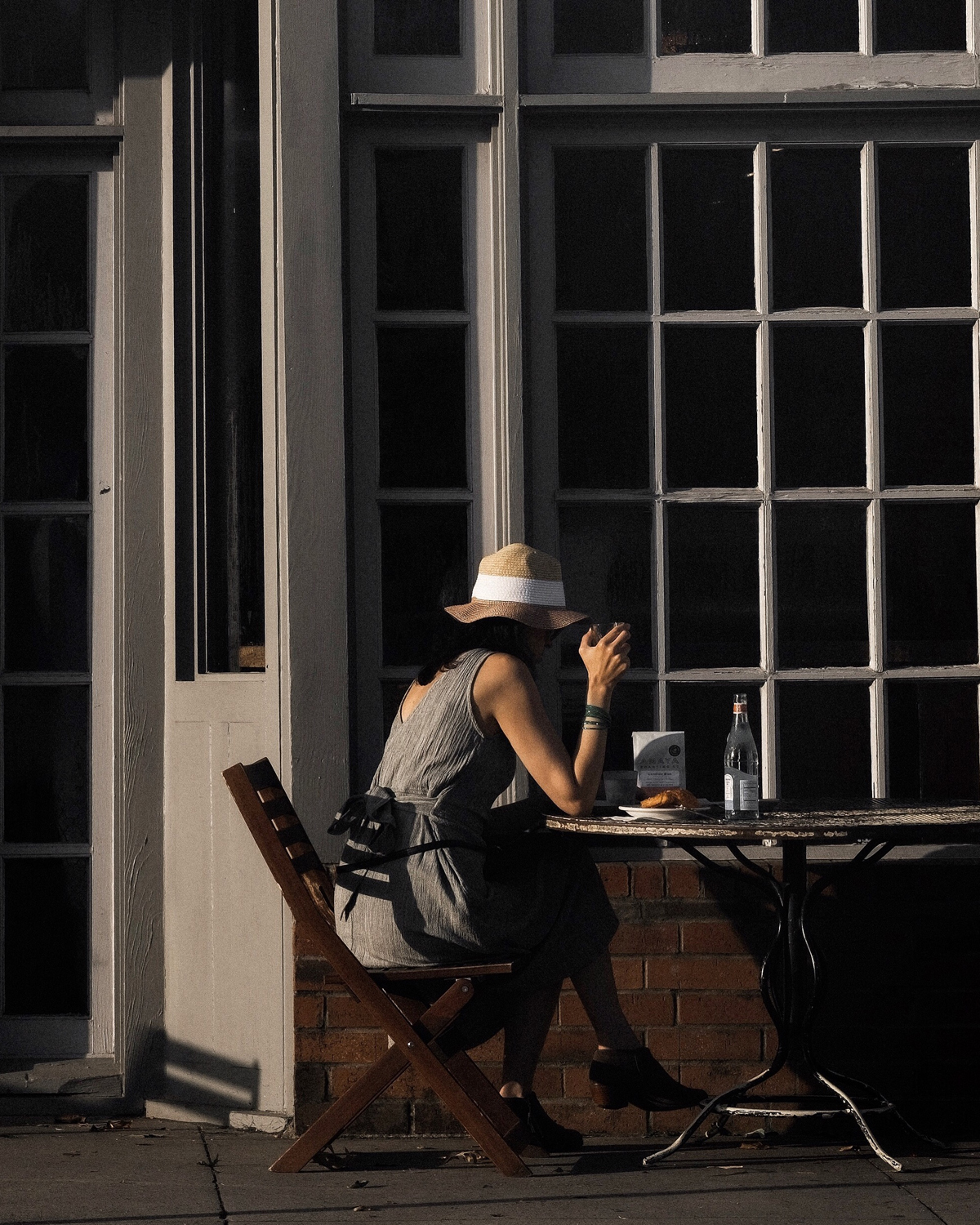
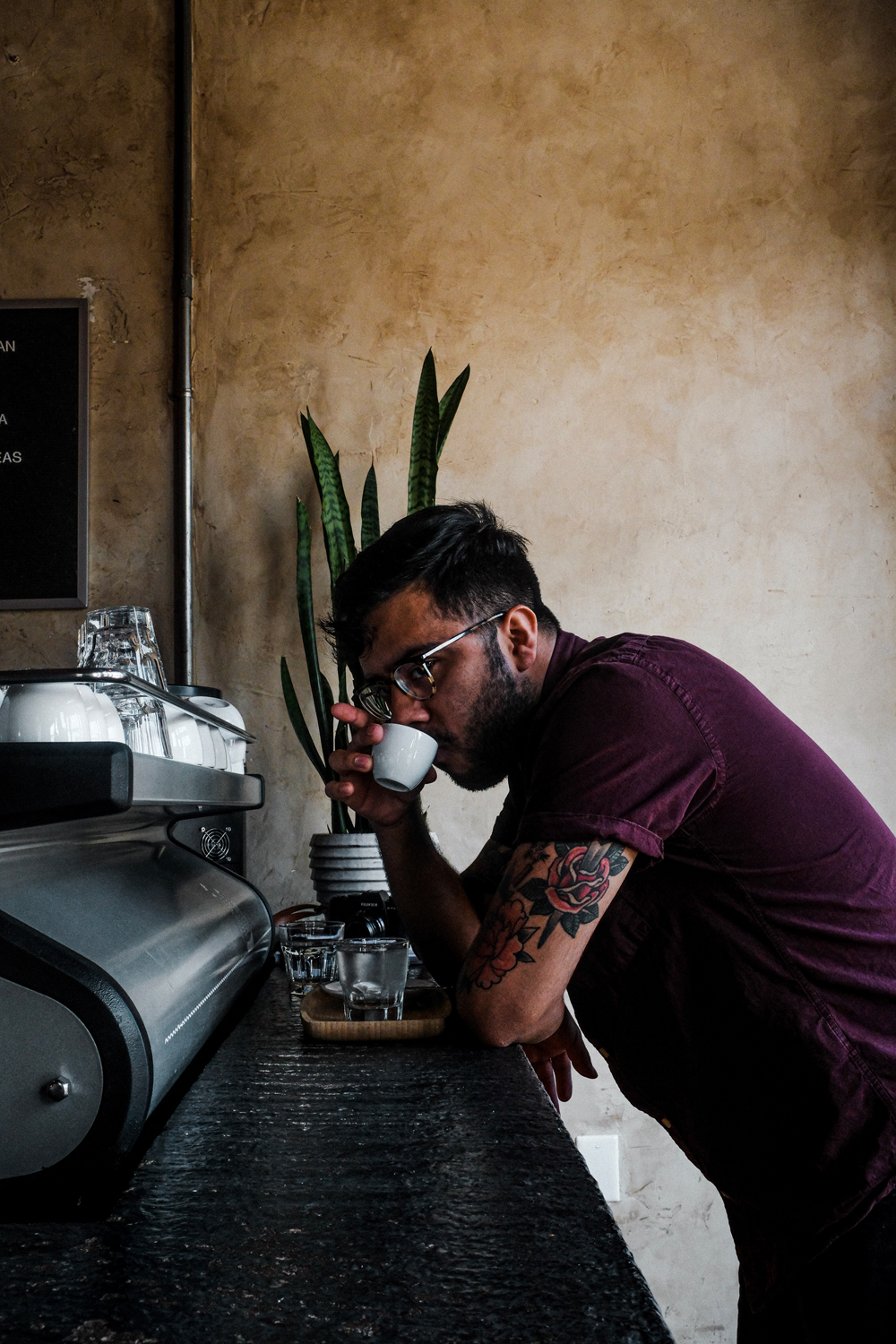
I thought I should upgrade lenses. I did some research. I wanted something fast. That’s all I knew. I was ignorant to what apertures and focal lengths meant. I just wanted something fast, to capture the barista’s activity behind the bar and latte art pours. All signs pointed to the 56mm F1.2. I had to learn to take a step back with this lens though. Using it gave me the feeling of being an observer.
I liked it. In F1.2, the shots had a magical bokeh. Additionally, I could layer my shots in a way that the 35mm could not. I was into it. This being said, I used the autofocus quite often, and sometimes the camera would have delayed responses with this particular lens. But, I was happy overall with the results it was producing.
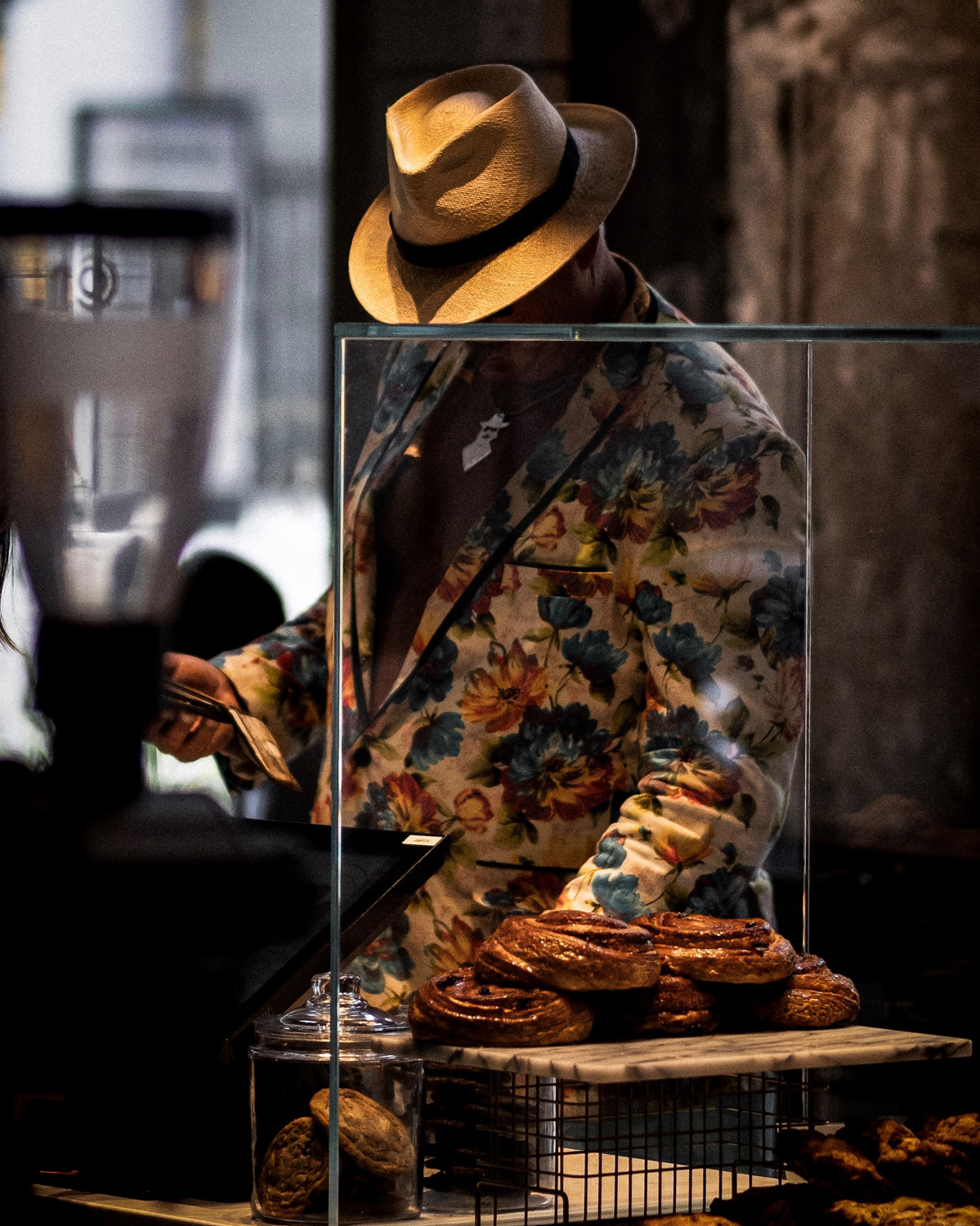
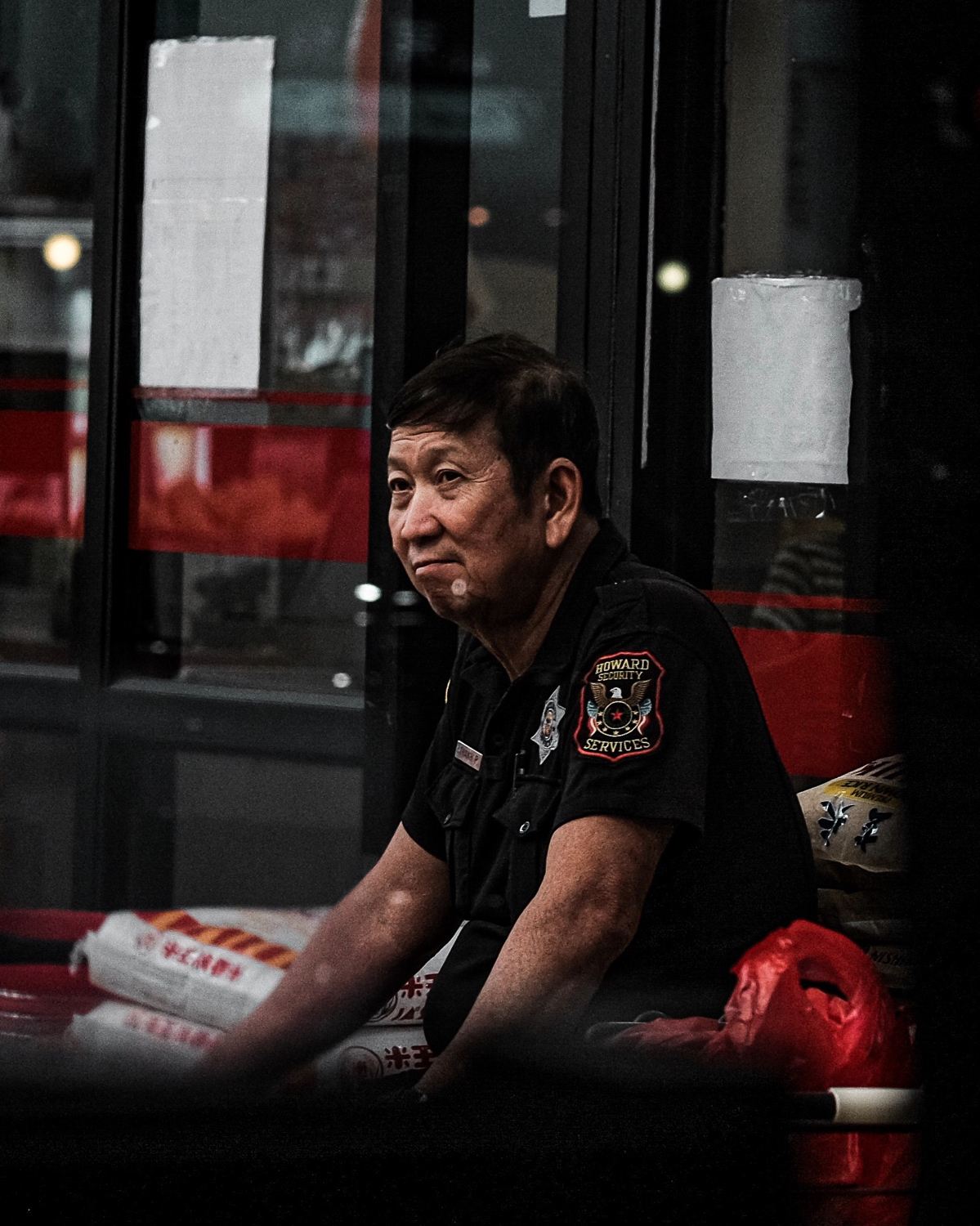
After a while, the thumb grip started peeling off the X-T20. The new X-T30 had just hit the shelves. I heard it had faster autofocus speed. I went to test it out with my 56 attached. Wow! I was tremendously impressed with its speed. Made the trade. Around this time, I made another friend through coffee, Stefan Heldzinger, a wildly talented photographer.
His edits were quite impressive to me. Seeing his skill and attention to detail was definitely inspiring. I picked his brain. I started watching Youtube videos. I started listening to photography podcasts like Fujilove, The Candid Frame, and Fujicast. I searched for other skilled photographers to learn from on Instagram, reaching out to them, asking questions. Again, I went deeper down the rabbit hole.
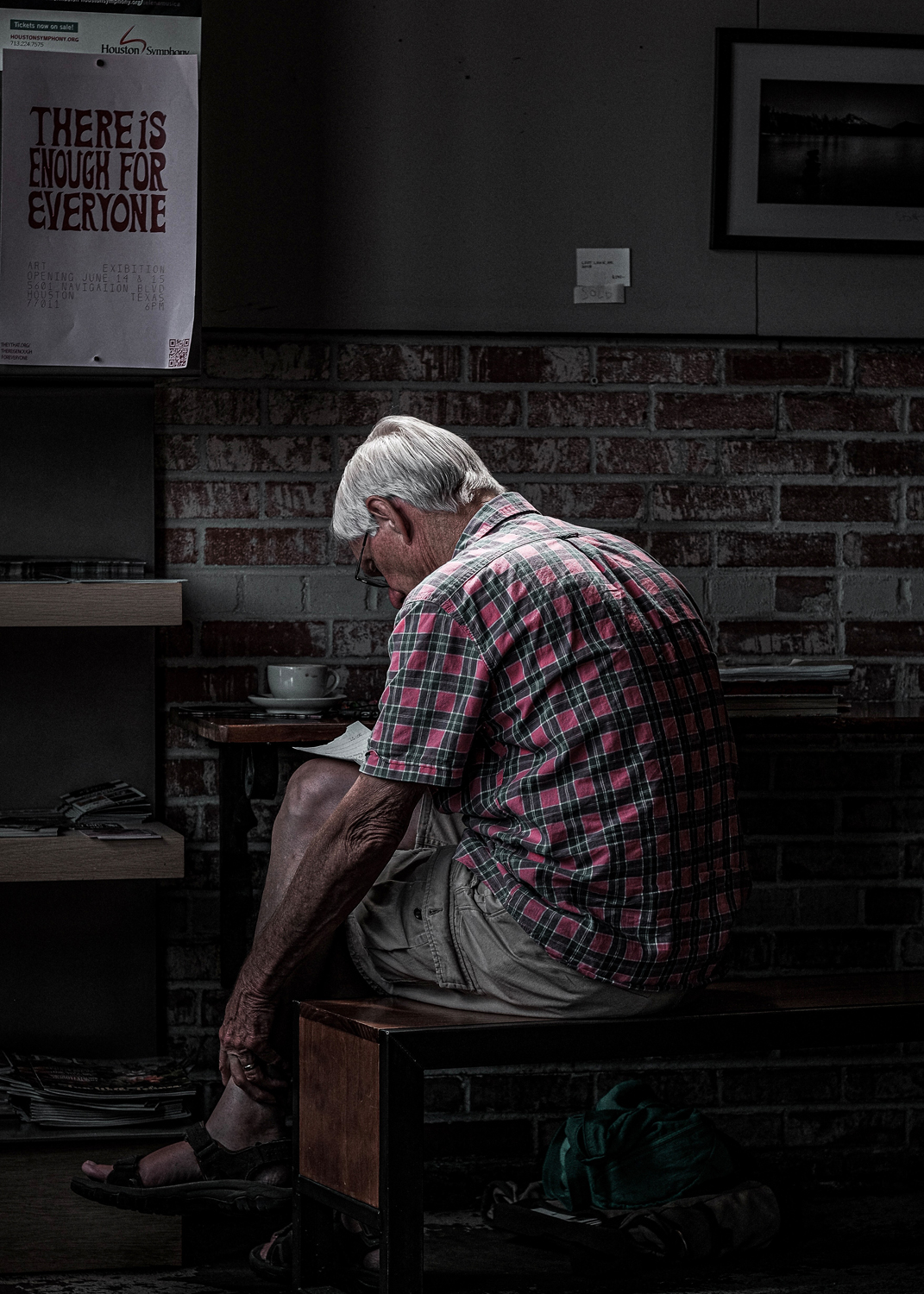
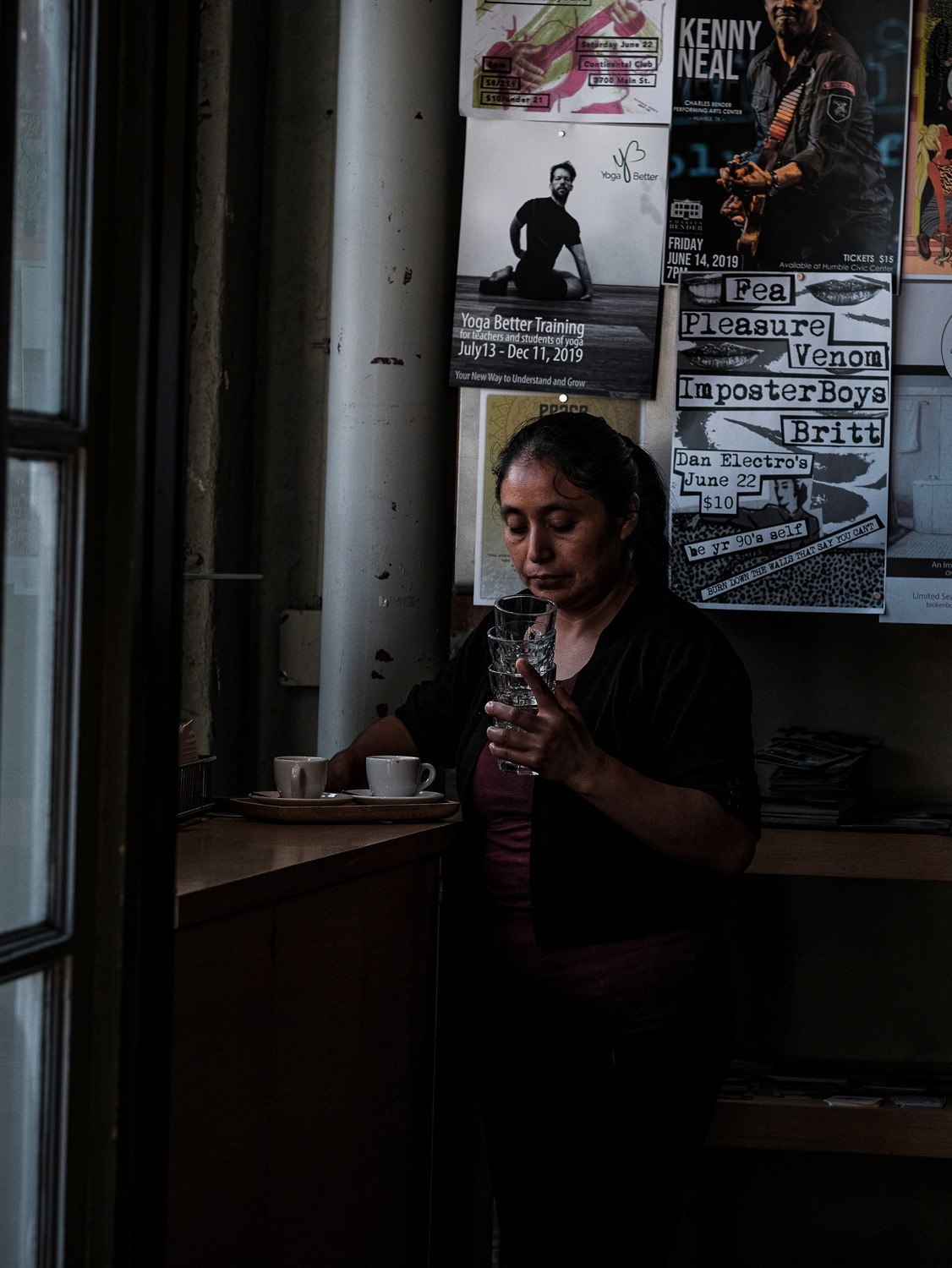
Street photography. Addicted to it perhaps. I can’t remember when I started to point the camera away from the barista and at the pedestrian. But it happened! Capturing candid moments of people on the street or inside coffee shops is something I get a lot of enjoyment from. I find it challenging. It feels kind of like I’m hunting. I want to get the shot, and not be noticed, like a sniper. The 56mm lens feels perfect for this approach.
One of my favorite shots to do when roaming the streets is the person sitting inside a café, sipping coffee by the window. It feels timeless! If they look up and give eye contact at the last second, even better! My second favorite shot to look for right now is when I’m inside a coffee shop, and shoot through a window with morning dew on it, capturing someone on the other side while they are drinking their coffee. If you’re looking for interesting subjects, keep an eye out for these!
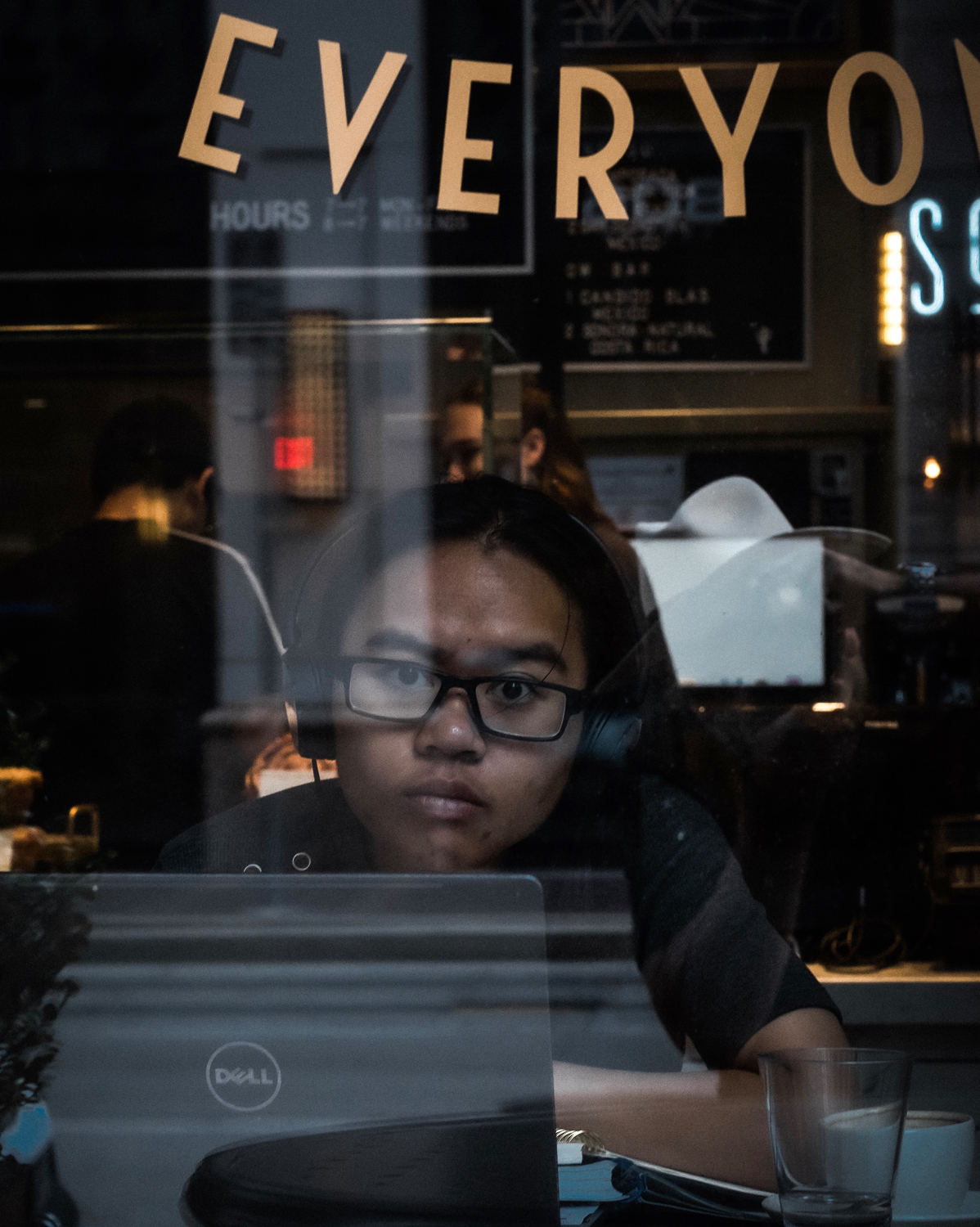
Something of note, I shoot with the EVF in black and white. Learned this technique from Kevin Mullins on the Fujicast. He said it helps with exposing properly. I have found this to be true. Thanks to Fuji’s mirror-less system, we get to do this! Being able to see how your photo is going to look feels like a cheat code, and for me it makes photography all the more enjoyable.
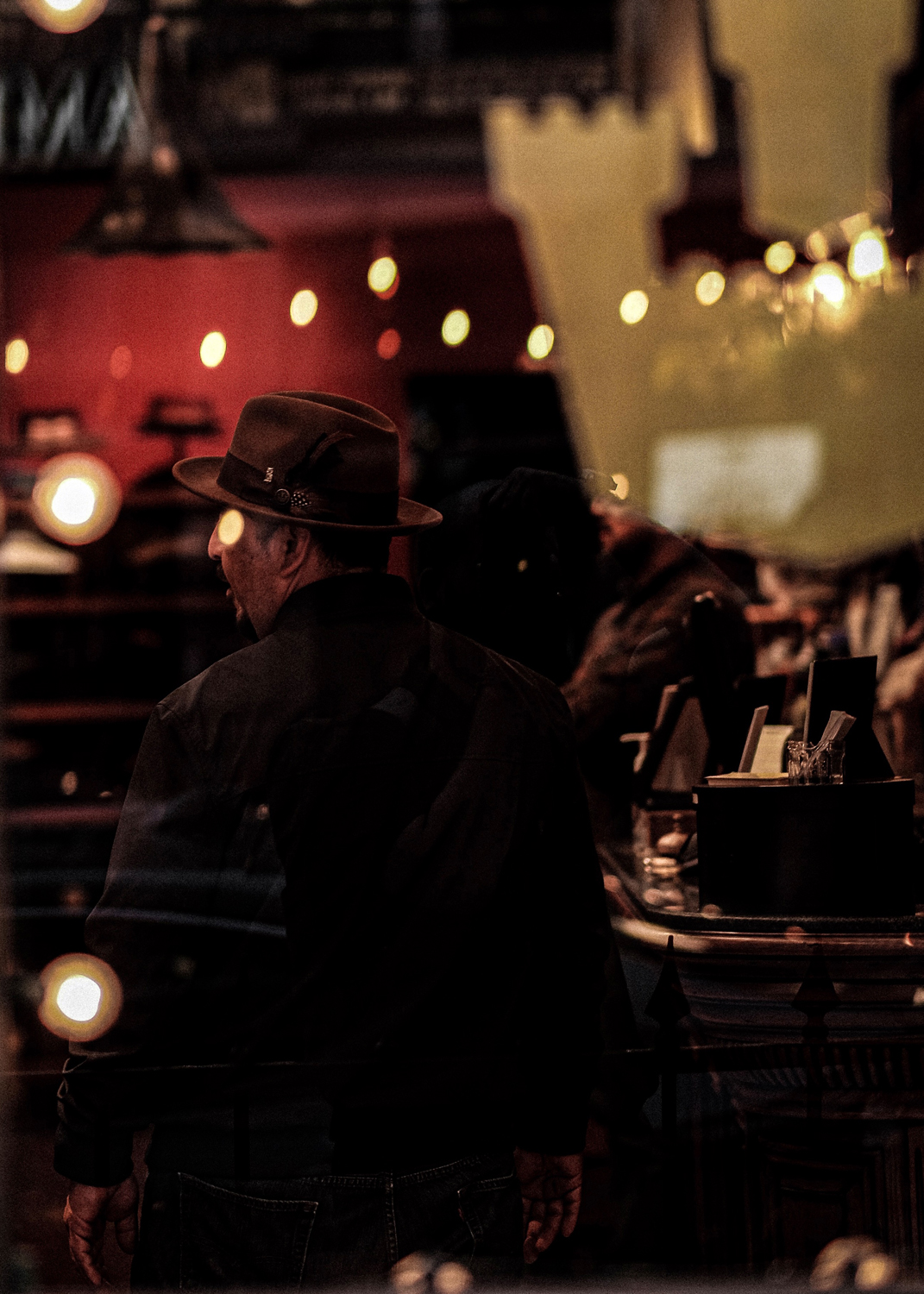
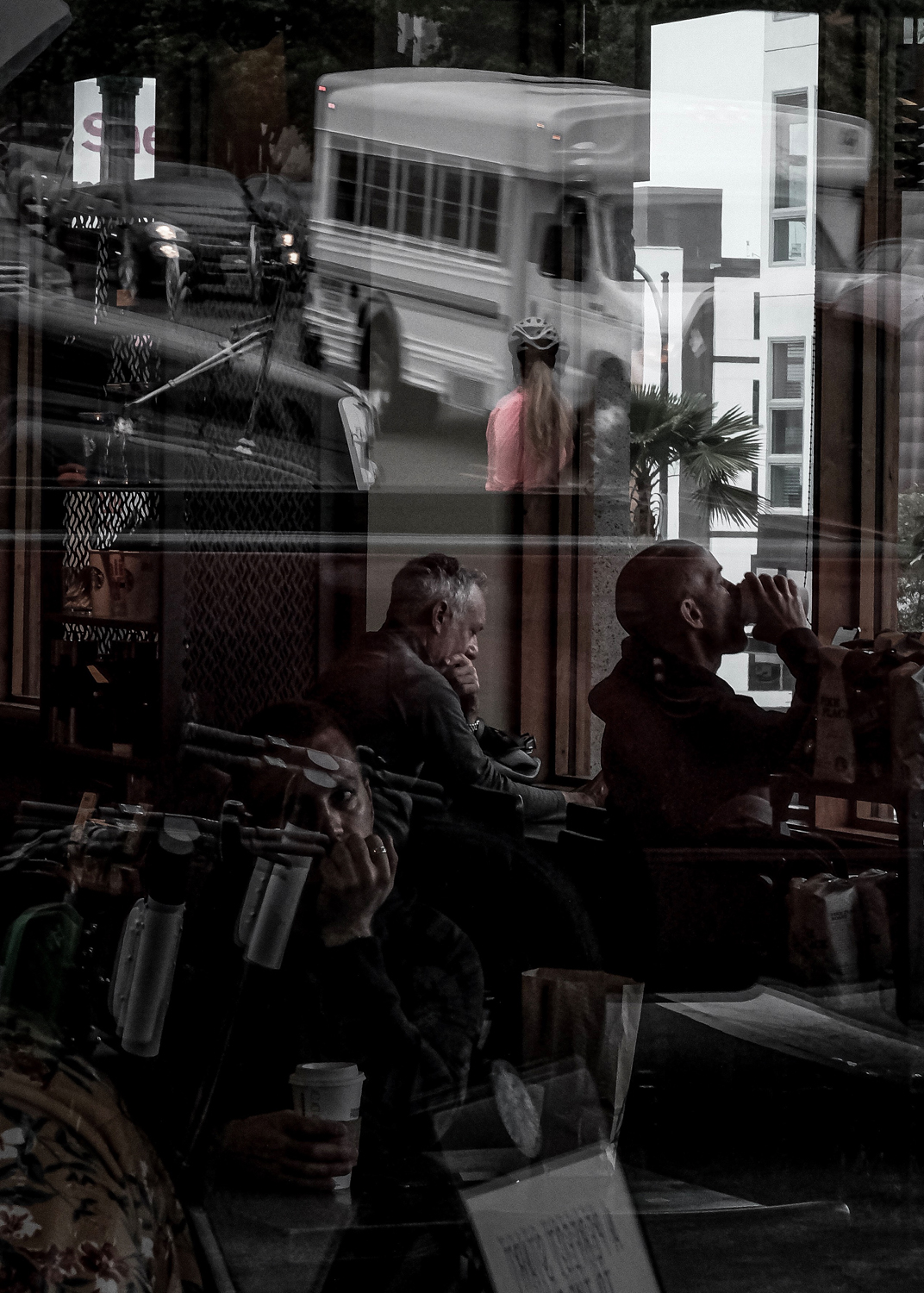
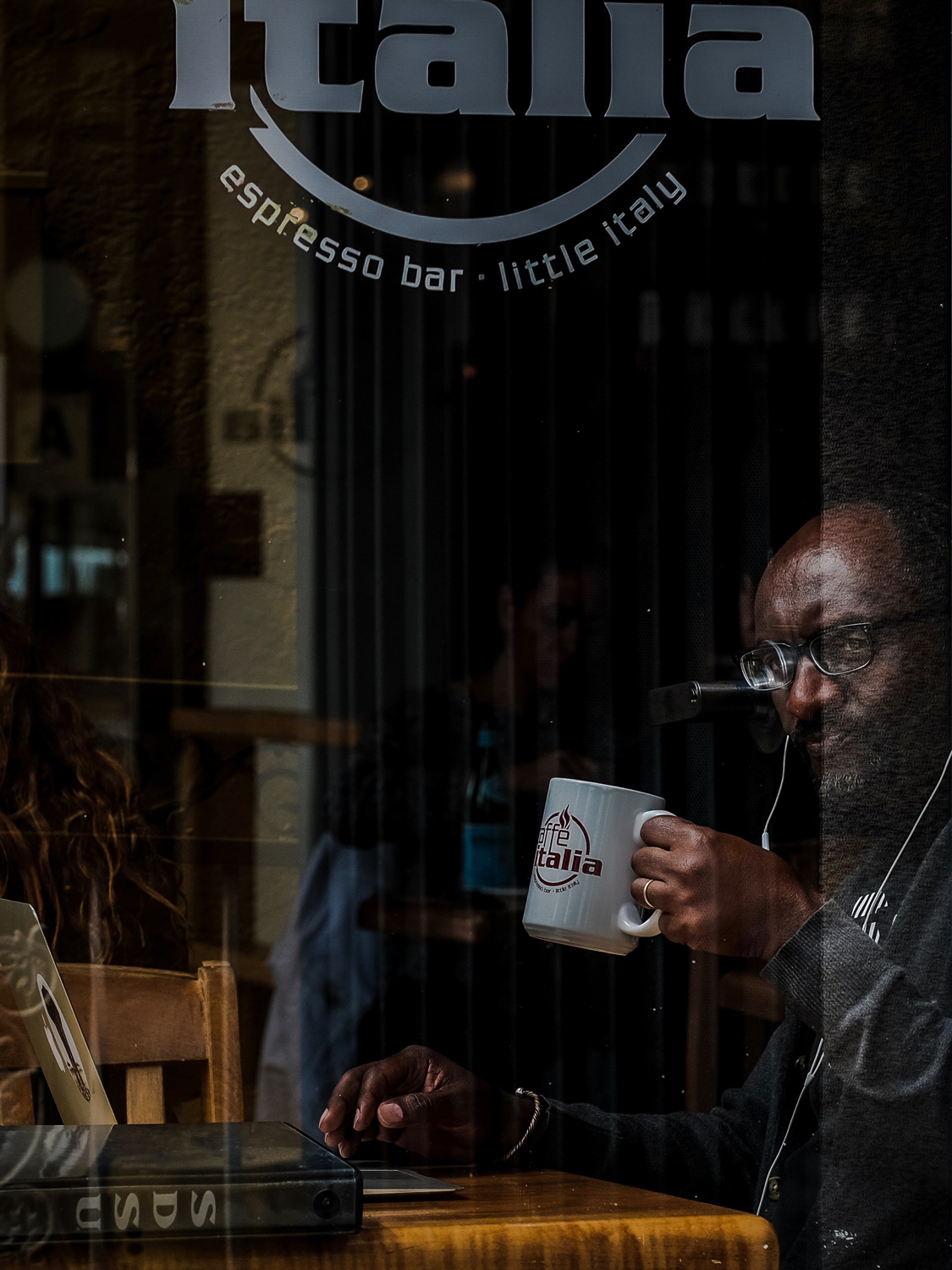
On my days off from work, I shoot. After a day of shooting, and after my little one goes to sleep, I upload all the RAW files to Lightroom. I tend to edit dark and moody. Michelle Viljoen, a photographer from South Africa, is a massive inspiration to me. Her window shots are stunning. The way she uses blacks to create moodiness is unlike anyone I have seen.
Another photographer whose work I find myself drawn to is Joshua Jackson, from London. His compositions and use of color is magical. If you need some inspiration, these two are some of the best street photographers around the world.
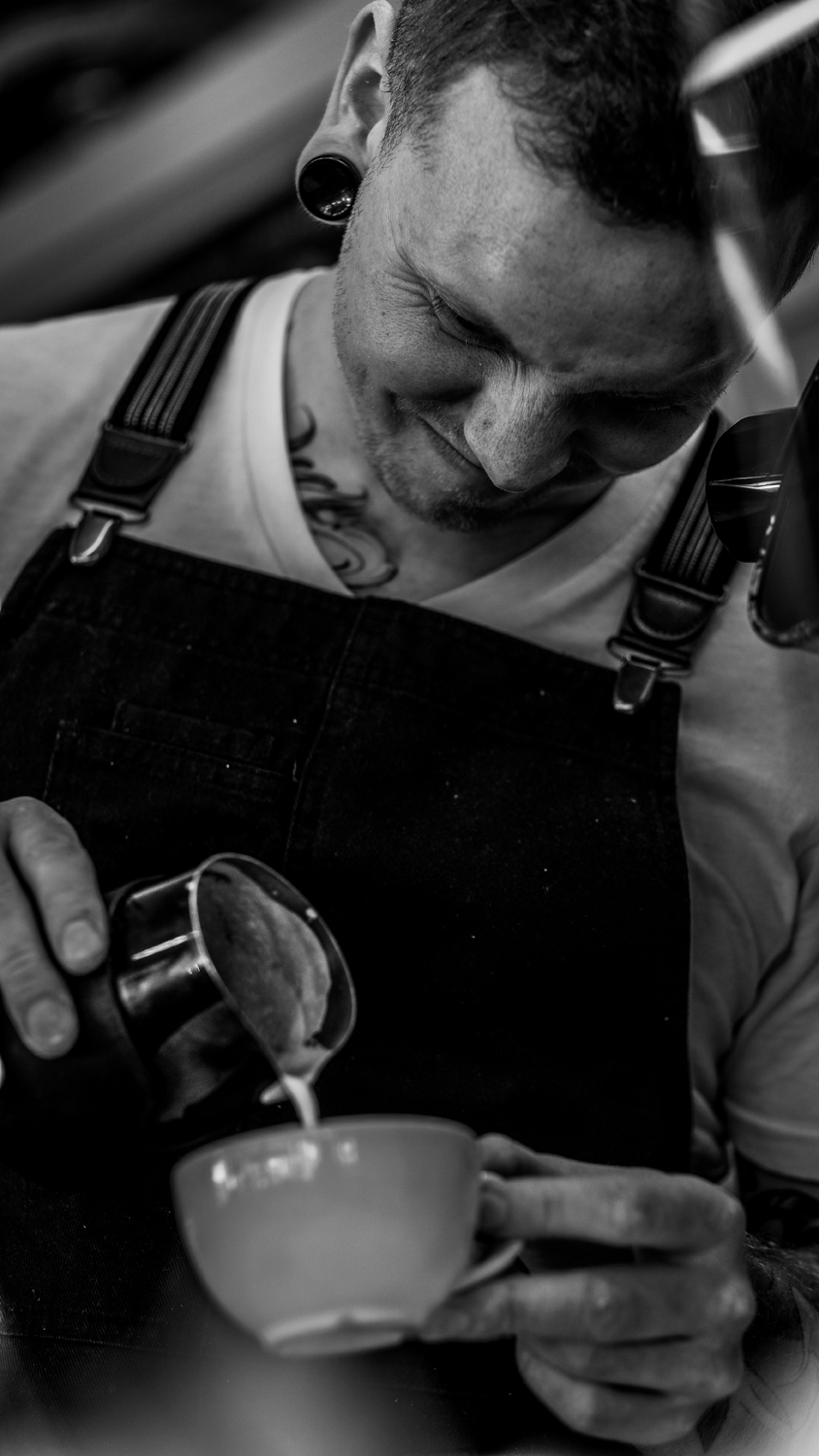
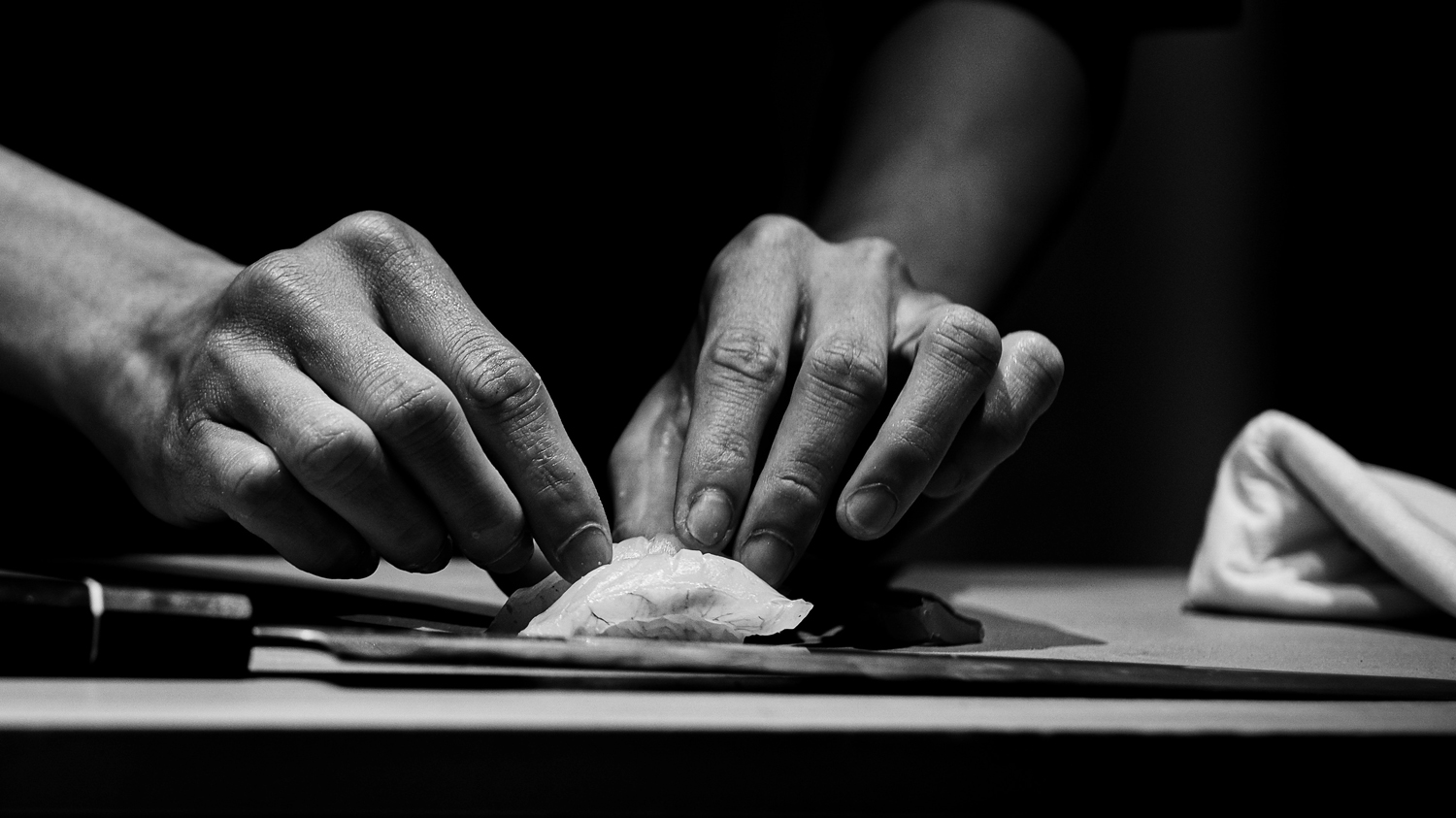
In conclusion, I’d like to say, find those who’s work you admire. Ask them questions. In my experience, even the most popular photographer’s will reply to your comments or direct message if you have a serious photography inquiry.
Then, use what you learn and practice! Take your camera with you everywhere, literally. Shoot! The more time you put in, the more you recognize life’s incredible fleeting moments, the more you develop your own style, and of course, the deeper you go down the rabbit hole.
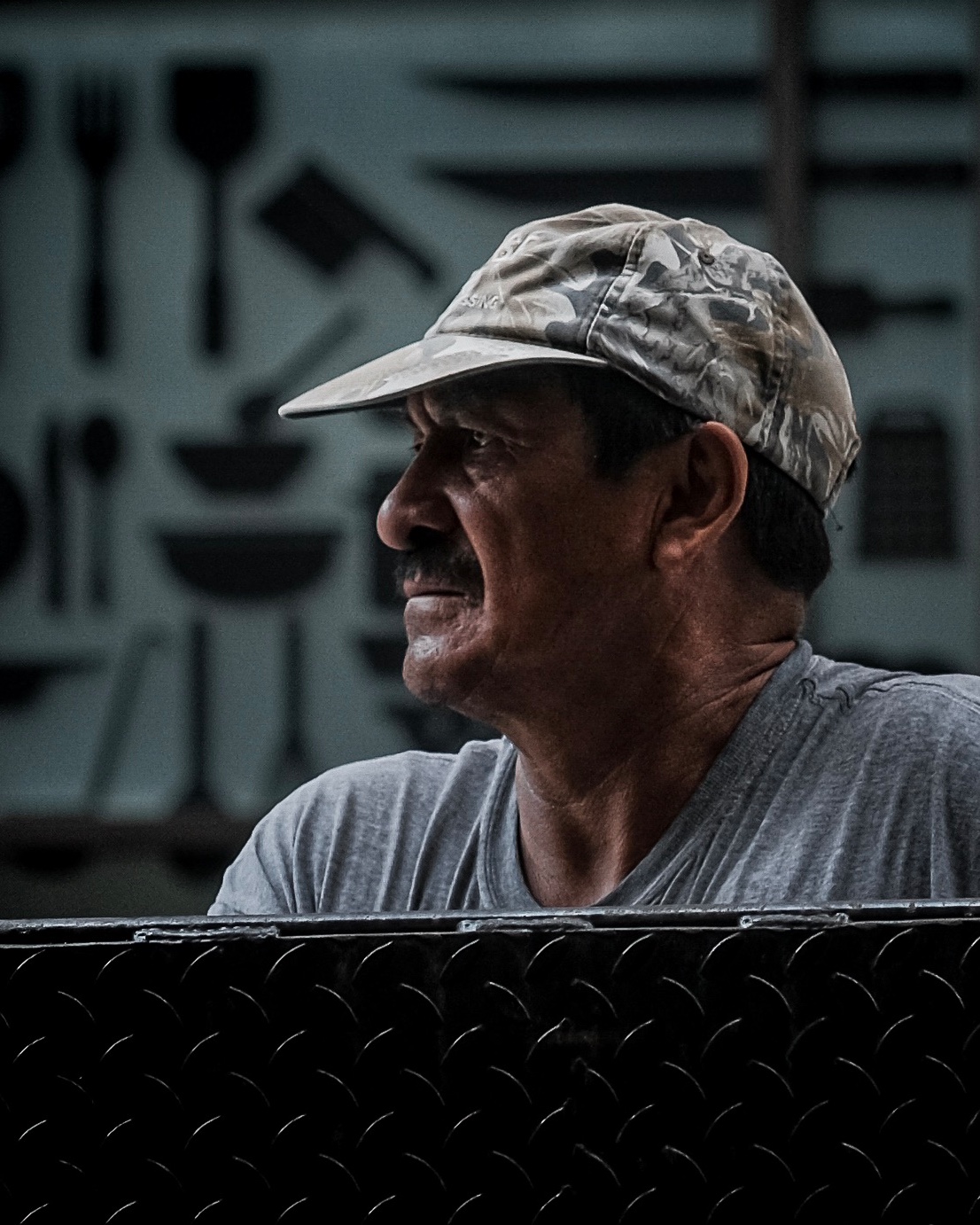
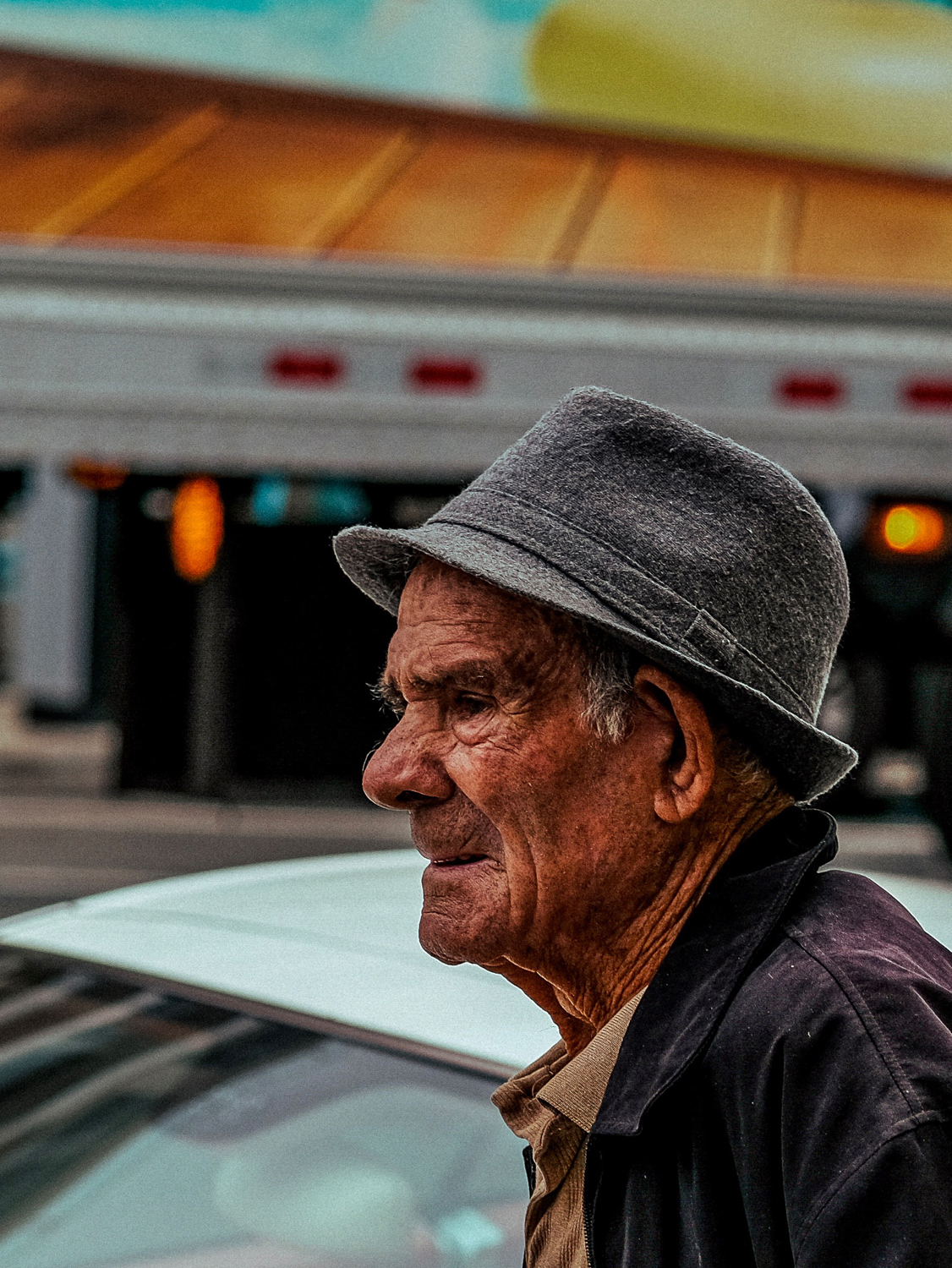
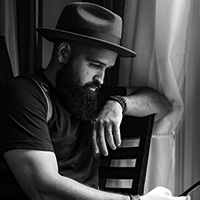
“My name is Robert Sykes. I’m twenty-eight years old and I live in Houston, Texas. I practice Zen meditation. I work full time as an ICU nurse. And, I am a part-time photographer.”

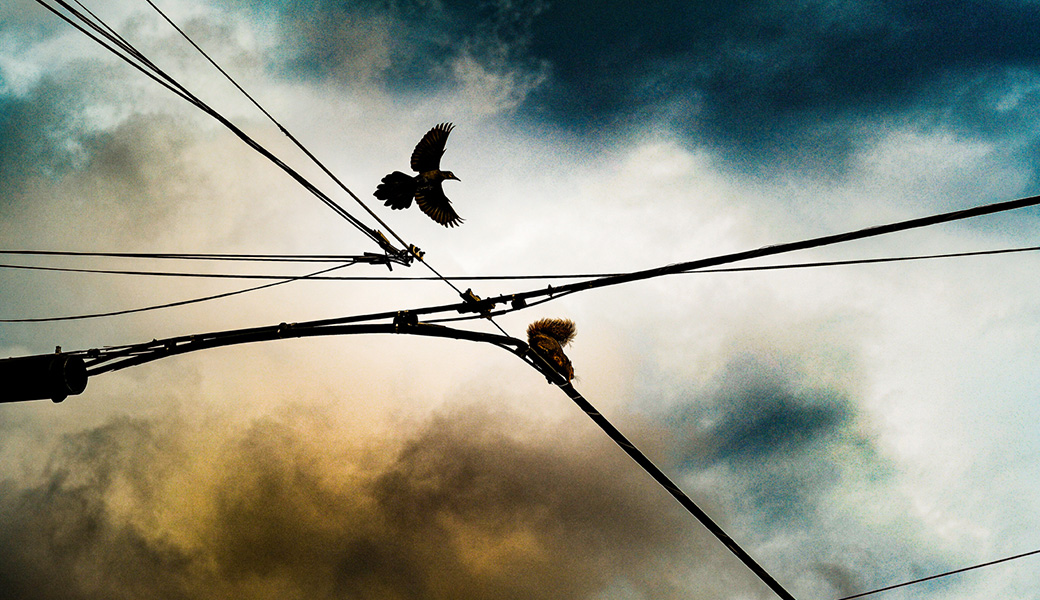



Mario Busto
May 13, 2020 @ 9:07 am
I like your analogy of the rabbit hole. That’s exactly how it feels. Once your in, you can’t get out. As young and inexperienced as you may be, your post is inspiring for me, and I fell in the rabbit hole in 1996…